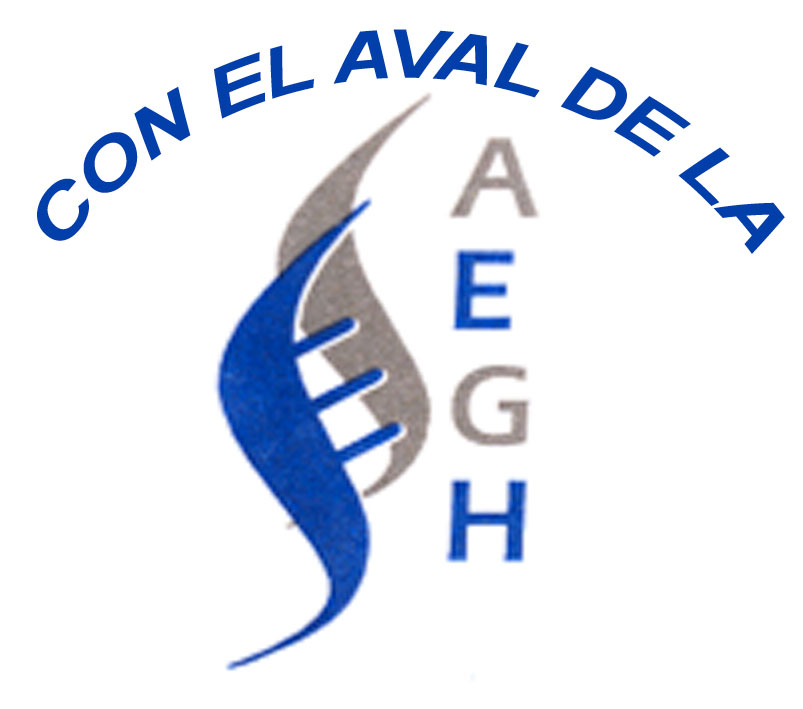Vector-agent co-adaptation in arthropod transmitted disease A. Sonia Olmeda, José-Luis Pérez, Félix Valcárcel There are multiple and varied mechanisms by which somearthropods have adapted to parasitism. The absence of fossils has prevented usfrom dating the origin of this process, but we can say that the first ancestorof each animal species which we know today has been affected by ticks, whichevolved in it and adapted intimately to its biological and ecologicalcharacteristics. In the process of co-evolution they learned to coexist,limiting the harm which they mutually infringed upon each other in an instableequilibrium which could be disturbed by any of their defensive barriers. There is not only one origin by which multiple agentsbegan to use vectors to pass form one invertebrate to another, and there aremany organisms which chose the advantages offered by this living vehicle. Onlythose vector agents which were relatively innocuous for both invertebrate andvertebrate were able to perpetuate this form of transmission and co-evolutionwith them. Domestication as well as the introduction of humans inenvironments of other species are the principal causes of equilibrium ruptureand are also the reason why vector-borne diseases are considered emergingprocesses requiring worldwide attention. An ecological and evolutionary viewcould allow a better control of these diseases by achieving recovery of naturalstability. |





